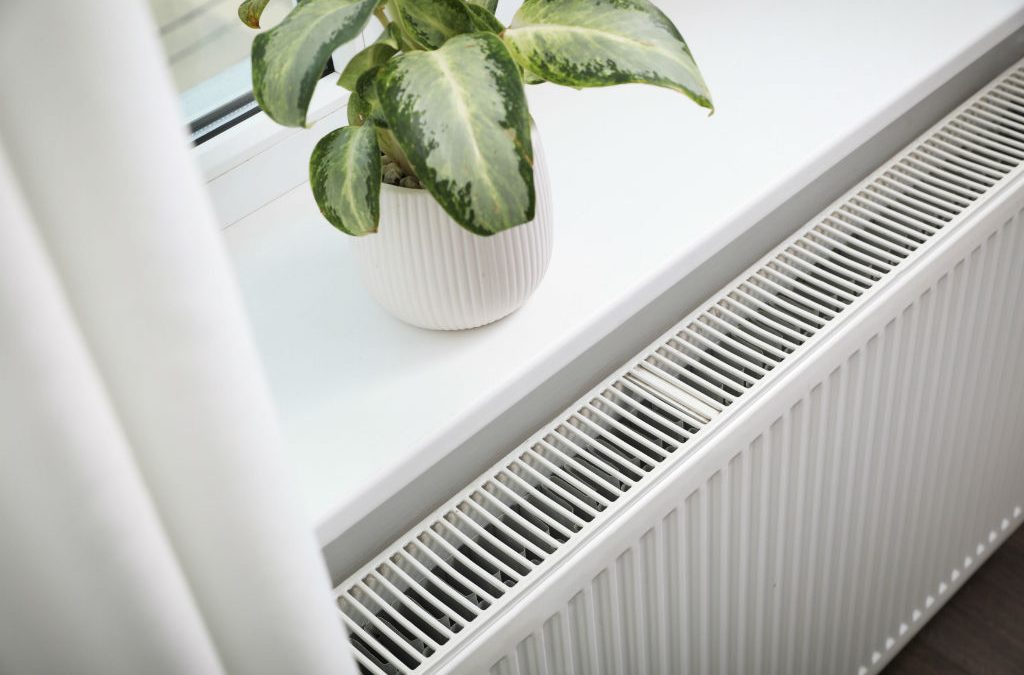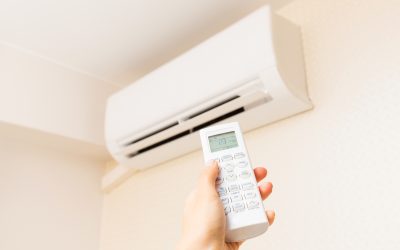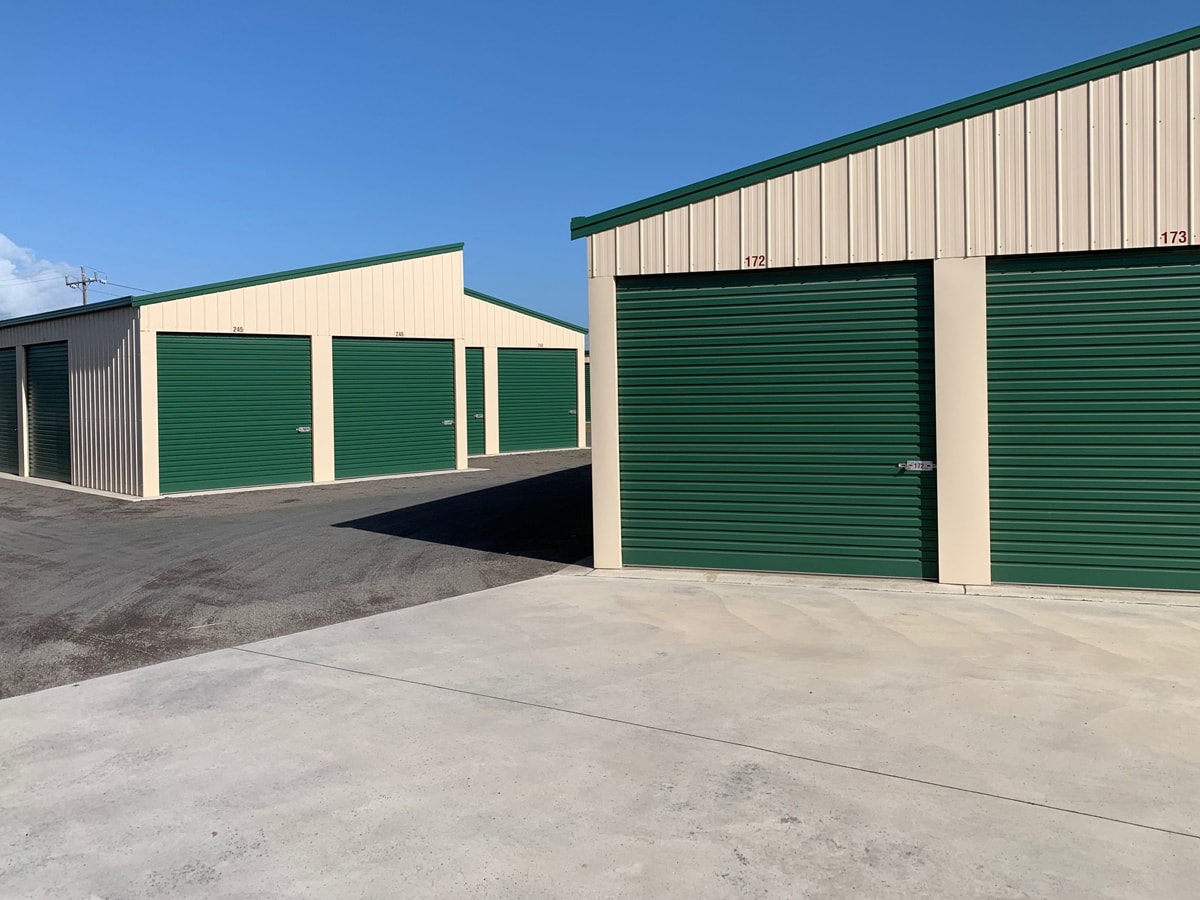When the chill sets in, selecting a heating system can feel like a puzzle. Two popular choices are ducted heating and split-system (reverse-cycle) units.
Both rely on heat-pump principles rather than simple electric resistance, but they differ in installation, running costs and everyday use.
As Mr Emergency Air Conditioning puts it, ‘A well-chosen system is like picking the right coat: it warms you effectively without added fuss.‘
Below is a candid look at each, with tips to help you decide.
A quick look at how they work
Ducted Heating
Imagine a central “engine” that warms air, then sends it through hidden ducts into rooms via discreet vents.
You usually set one thermostat for the whole house – or install zones so parts of the home run separately. It delivers warmth evenly if ducts are well insulated and the design suits the layout. Ducted heating can be used in a fan only mode to cycle air through the house, but it can’t cool the air.
Split-system Units
These are the familiar wall-mounted indoor units paired with an outdoor compressor. Each serves a single room or zone. You point a remote or tap an app to switch your split system to act as a room heater or air conditioner.
They’re straightforward: no ducts, just refrigerant lines and power wiring between indoor and outdoor components. air conditioning
Efficiency and energy use
Heat pumps typically produce around three to six units of heat for each unit of electricity used. In practice, a split-system often edges ahead in efficiency for individual rooms because heat travels a short distance directly into the space.
Ducted systems can lose some heat along the ducts – especially if they pass through uninsulated ceilings or crawlspaces. Good zoning mitigates this but adds complexity.
Bear in mind that heating and cooling appliances often consume around 40% of household energy. Even small improvements – like sealing drafts or topping up ceiling insulation – can shrink bills noticeably. Whichever system you pick, prepare the building fabric first.
Installation outlay
Putting in a split-system for one or two rooms is usually quick and relatively inexpensive: mount the indoor unit, connect refrigerant pipes and electrical wiring to the outdoor compressor.
By contrast, ducted heating involves installing – or adapting – ductwork throughout ceilings or floors, plus a central air handler. Labour and materials add up.
However, if your plan is to heat much of the home regularly, the cost of multiple split units can climb close to a ducted system quote. It pays to gather quotes for both: sometimes the larger upfront spend on ducted pays off over the years, depending on usage patterns.
Zoning and control
Split systems win when you only need heat in certain rooms at certain times. In cold months, you might use the living room unit in the evening, then just bedrooms overnight – no point wasting energy on empty rooms.
Each unit’s remote or smart control makes that simple.
Ducted heating can also zone different areas, letting you group rooms on separate thermostats or dampers. But that adds hardware, programming and installer expertise.
If most of the home is occupied at once, basic ducted control may suffice. If habits vary widely, advanced zoning helps – but check that installers know what they’re doing.
Appearance and space
Ducted vents sit flush in ceilings or skirting, barely noticeable. Indoor spaces stay uncluttered. Split units are visible on walls; modern designs are sleek, but some people still find them intrusive in a pristine décor.
In a retrofit where ceiling space is tight or ducts are hard to route, split units avoid messy work. In a new build or renovation with easy ceiling access, ducted might suit better.
Noise and comfort
Split indoor units run quietly – just gentle airflow sounds. Outdoor compressors make noise, so position them away from bedrooms or neighbours. Ducted systems keep the air handler tucked away (in a roof cavity or plant room); vents deliver air with minimal fuss if ducts are insulated.
Poorly designed ducts can whistle or vibrate, so insist on quality installation. Both systems can be peaceful when done right.
In terms of comfort, split units heat rooms relatively fast, ideal for quick warmth. They may struggle to warm large, open-plan spaces unless sized and placed carefully.
Ducted heating gives gradual, whole-home warmth that many households prefer, especially if rooms flow into each other without doors.
Maintenance and lifespan
A split unit needs filter cleaning every few weeks during heavy use – a simple DIY job – and occasional professional servicing of refrigerant levels and components. If one unit breaks, others still run.
Ducted systems have central filters (often larger) needing cleaning, plus periodic checks of ducts for leaks or blockages, and service of the main air handler and outdoor unit.
A fault can knock out heating everywhere until fixed. Both types can last 10–15 years or more if looked after. Think about ease of access for cleaning and servicing when choosing.
Running costs in practice
Actual bills depend on efficiency, how often you run the system, insulation quality and electricity rates. Heating only occupied rooms (via split systems) saves energy. Ducted heating of the whole house, especially when parts are unused, can cost more unless zoning is well managed.
Estimate your routine: hours of use per room, likely seasonal electricity costs, then compare scenarios. Small behavioural tweaks – like lowering setpoints slightly or using timers – also help. Discussions around high electricity bills often highlight the impact of heating choices and daily usage patterns.
Environmental angle
Both rely on electricity, so their footprint depends on how that electricity is generated. Heat pumps (split or ducted) generally have much lower greenhouse impact than pure electric resistance heaters. Use moderate setpoints and heat only when needed.
If you have rooftop solar installed, run the system when generation is high (daytime pre-heating, for example) to cut grid draw further.
Key questions to ask yourself
- How many rooms need regular heating? A single-room focus points to split systems; whole-home use leans toward ducted.
- Is duct installation feasible? In tight ceiling spaces or existing homes without easy access, split units avoid invasive work.
- What are your daily routines? If you move around a lot and only occupy certain rooms at different times, split-system control makes sense.
- Do you prioritise a seamless look? Ducted vents blend in; split units sit on walls.
- How’s the insulation? Poor insulation undermines any system – fix that first.
- What’s your budget vs long-term savings? Compare quotes, factor in running costs over the years.
- Installer expertise: Especially for ducted zoning, choose installers with proven track records.
- Noise concerns: Check noise ratings and siting for outdoor units or air handlers.
In short, there’s no one-size-fits-all “better” system. It boils down to your home’s layout, your heating habits and your budget.
Prepare the building (insulation, draft sealing) first, get multiple quotes, discuss zoning or targeted heating needs with installers, then pick the option that feels right.
A well-chosen system keeps the winter chill at bay without unexpected costs or hassles. Across Australia’s major cities, from Melbourne to Sydney and Brisbane, finding experienced local professionals makes a difference. Tradie Near Me connects you with trusted experts who understand both climate and construction challenges in your area.






